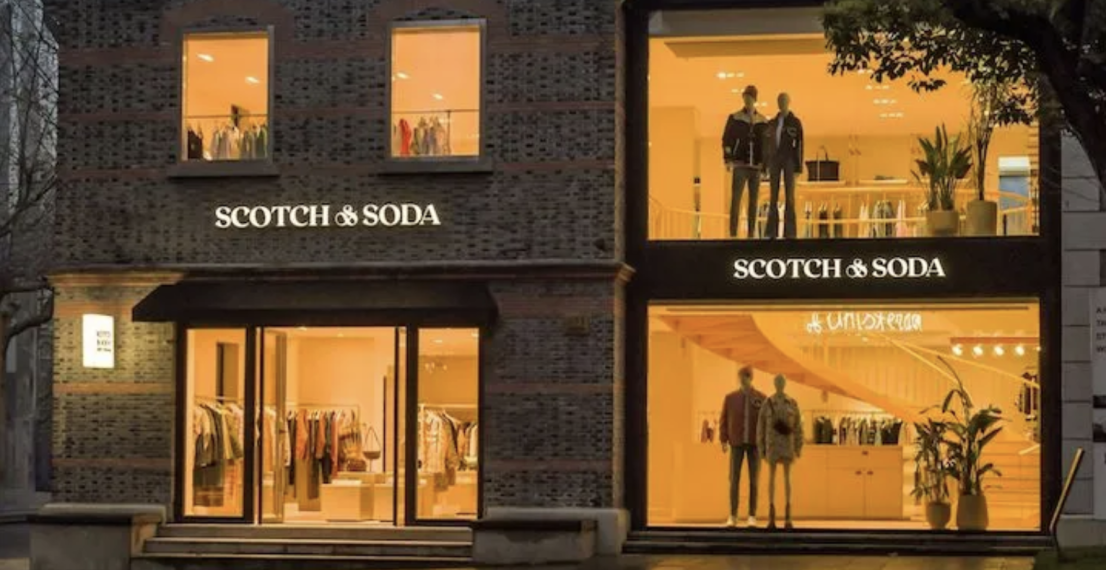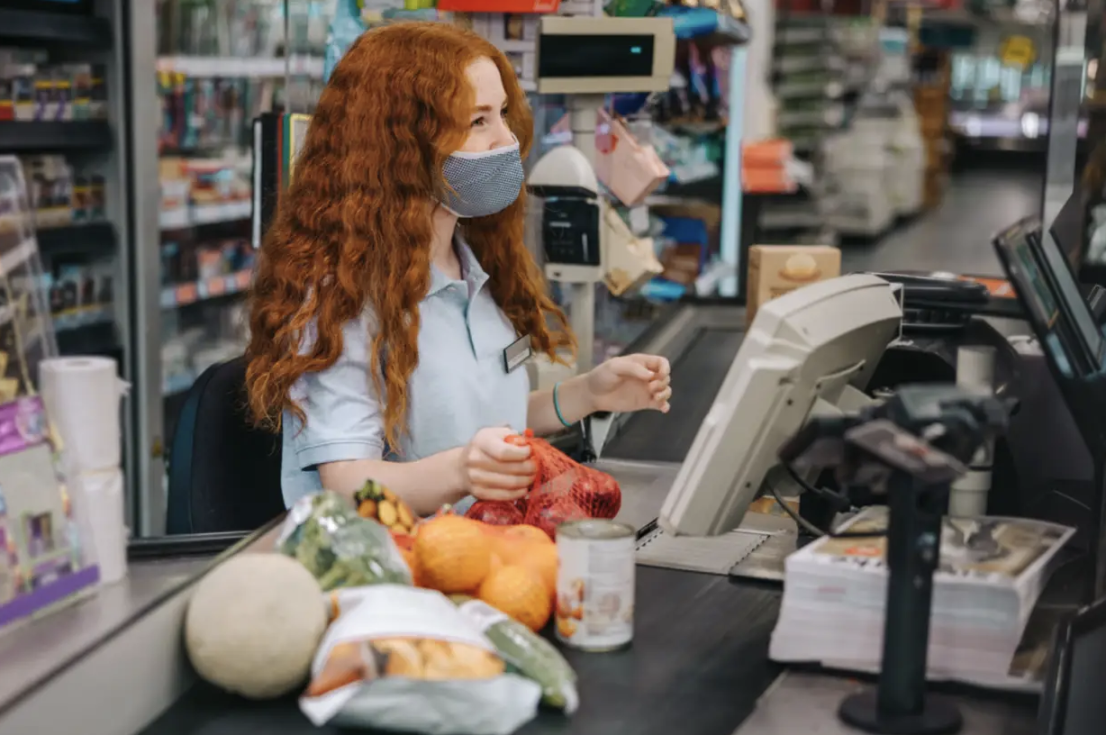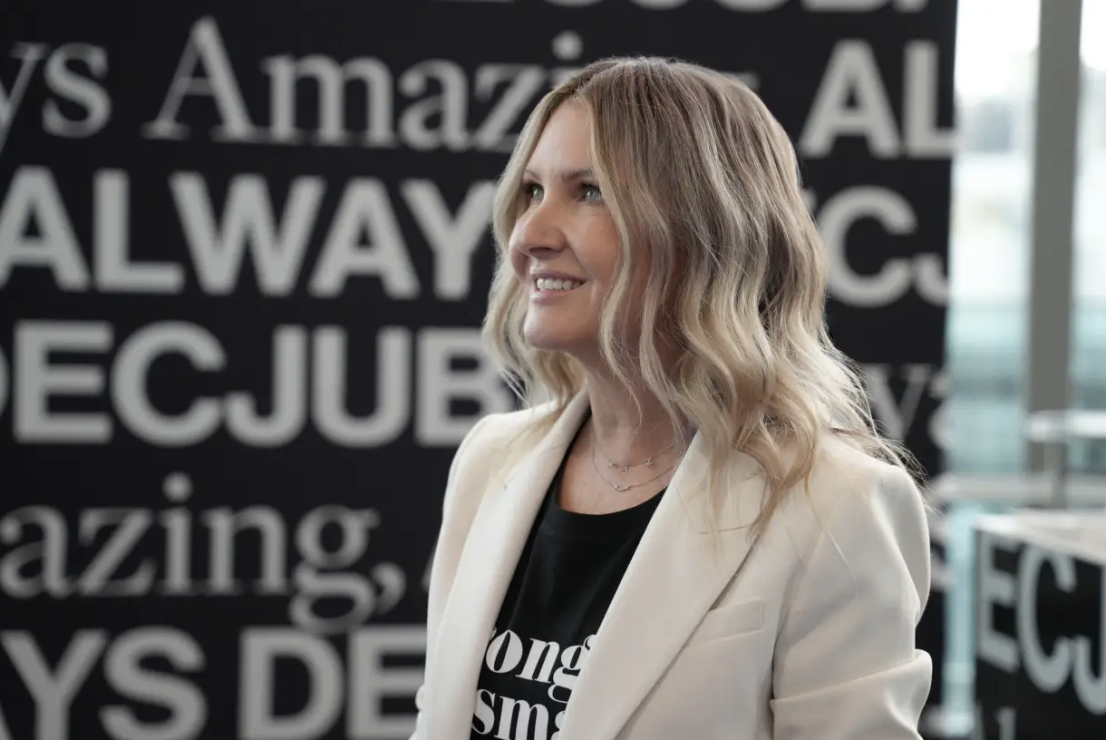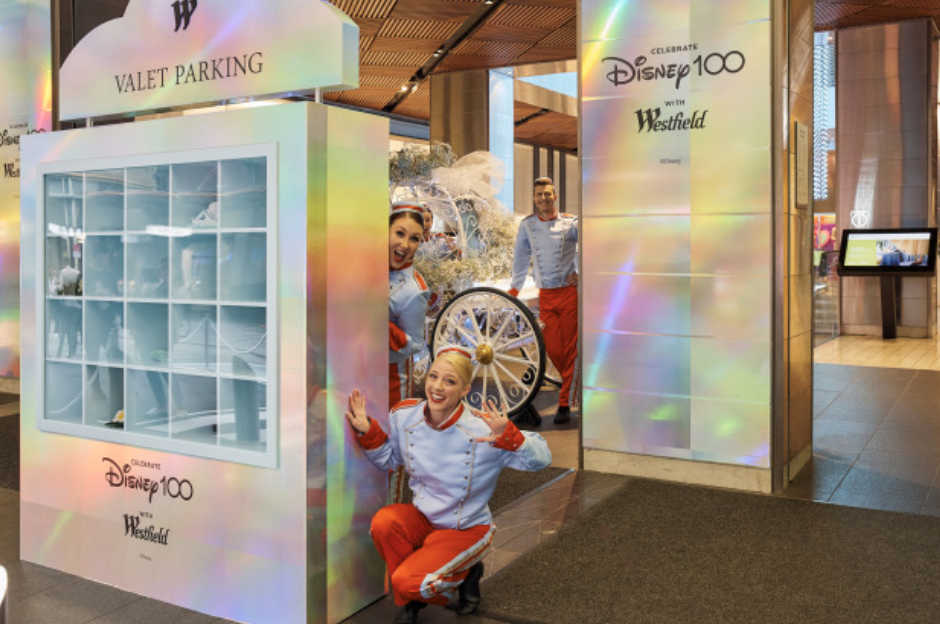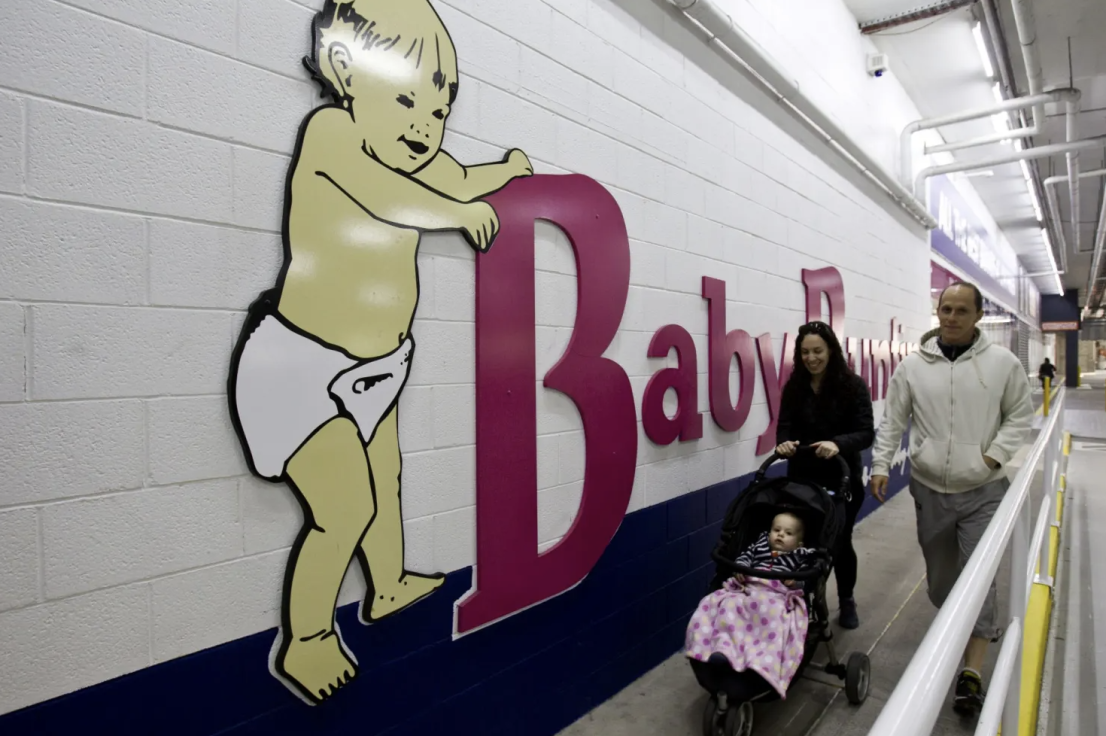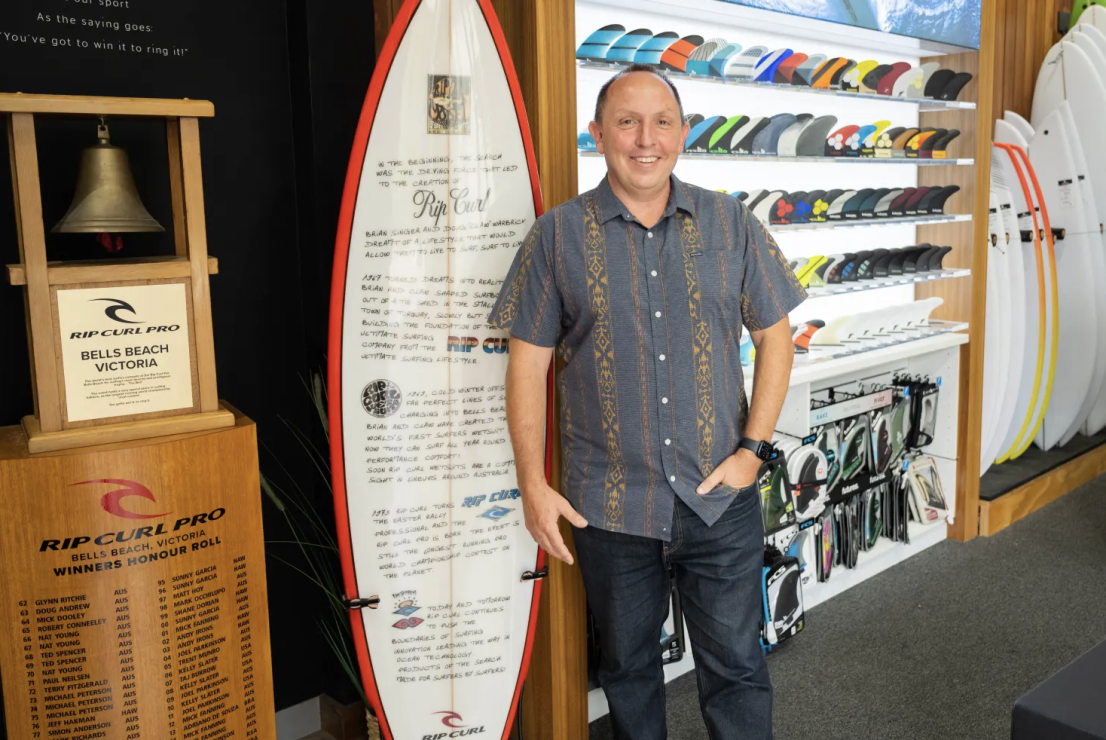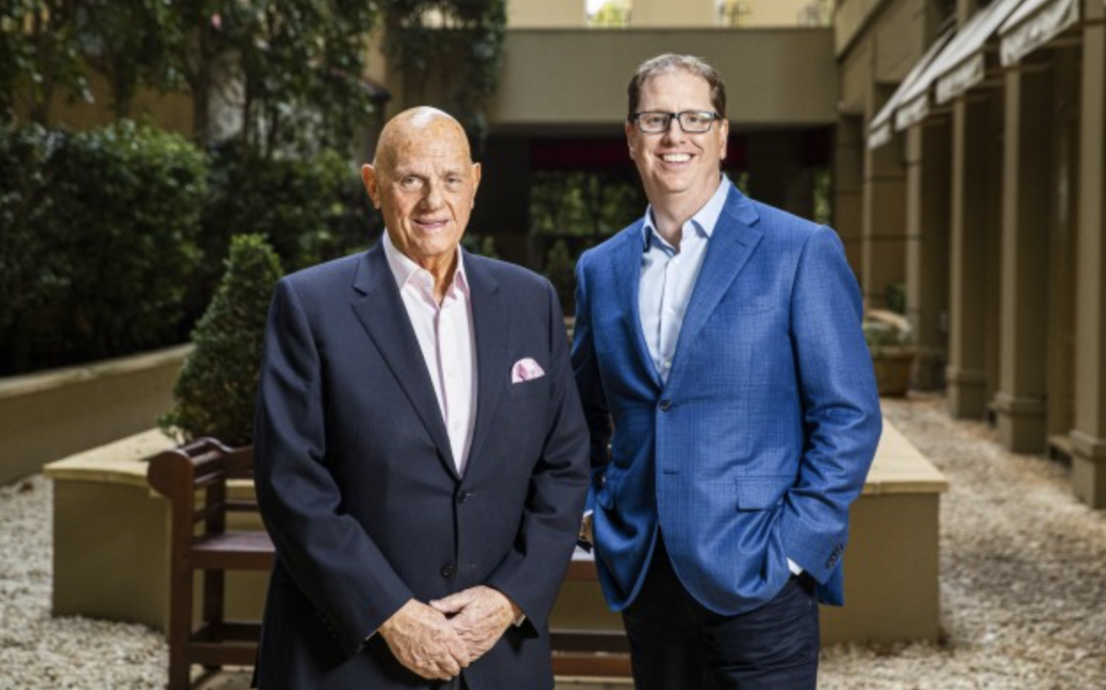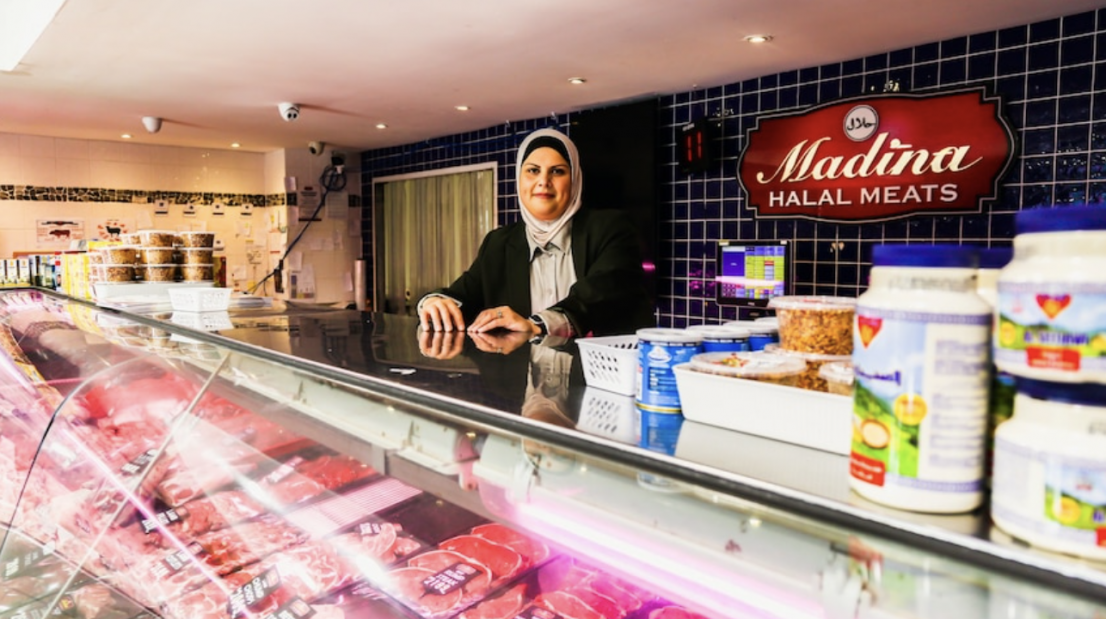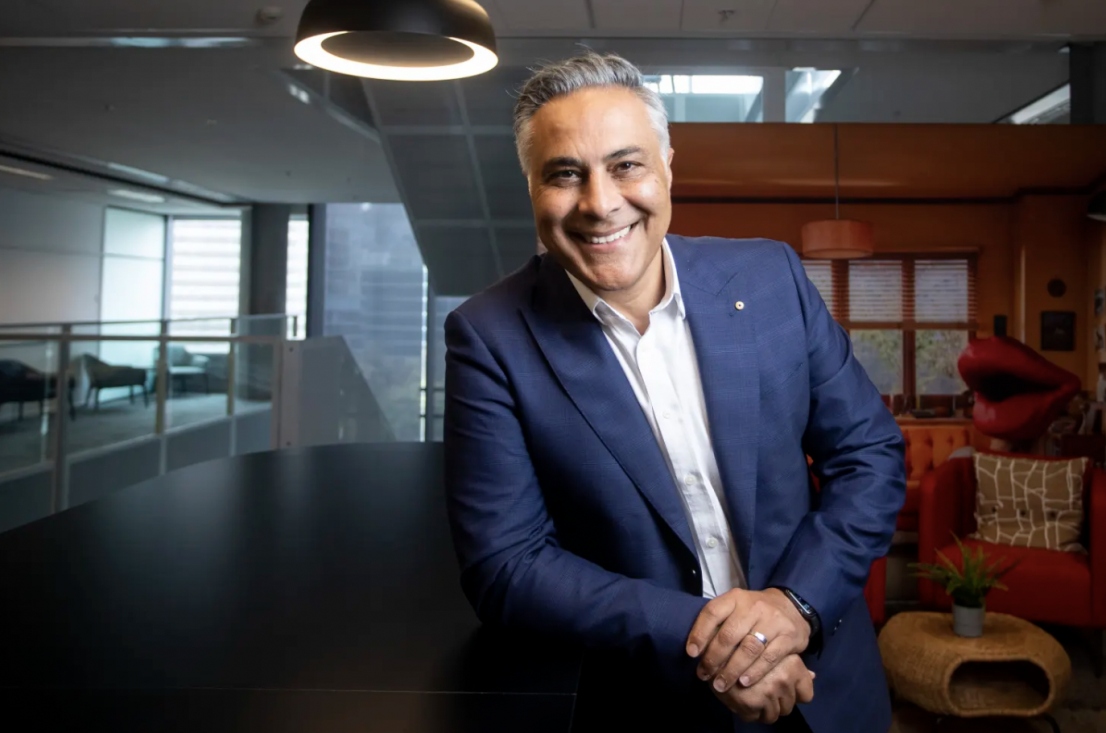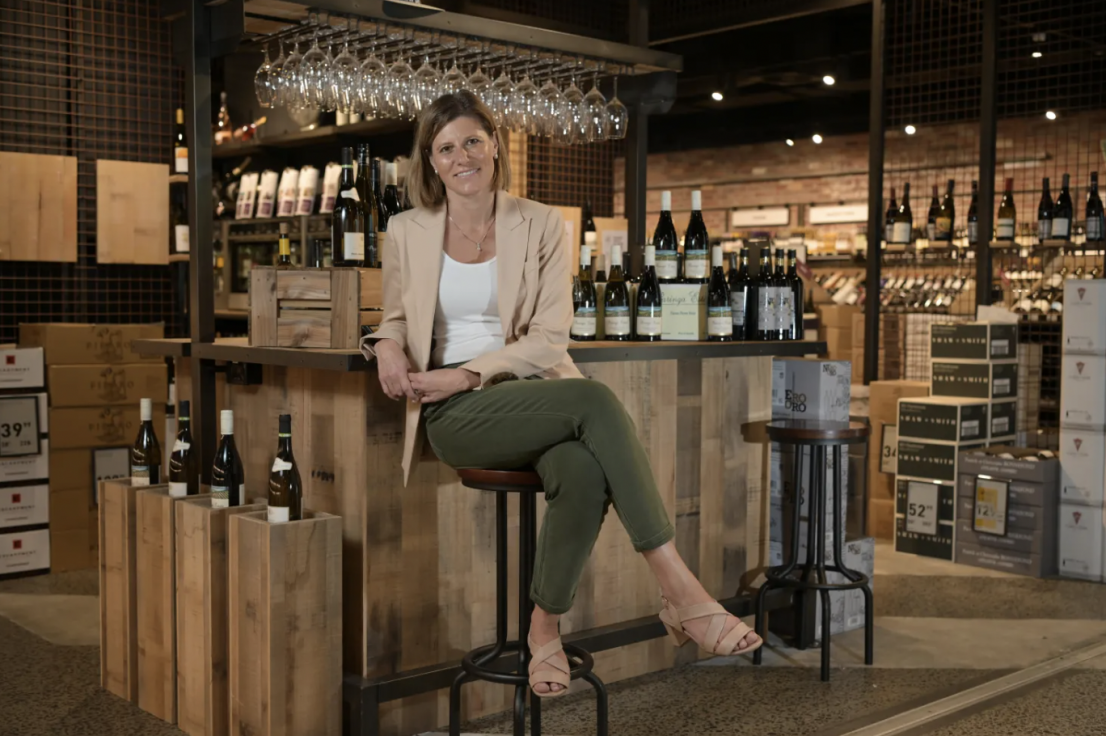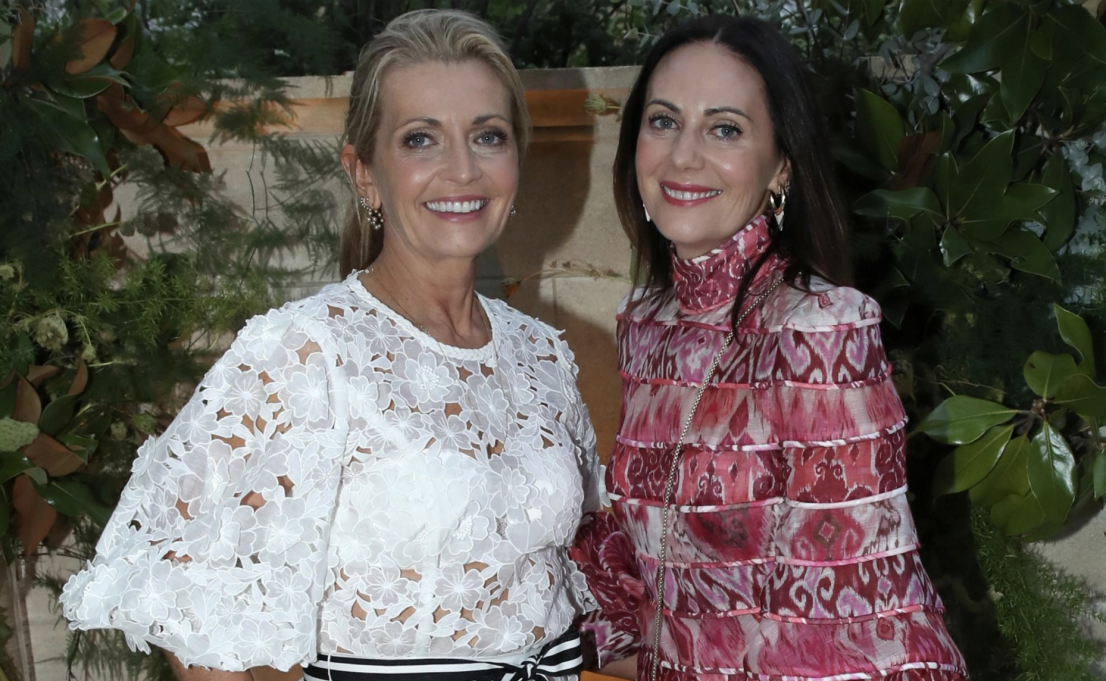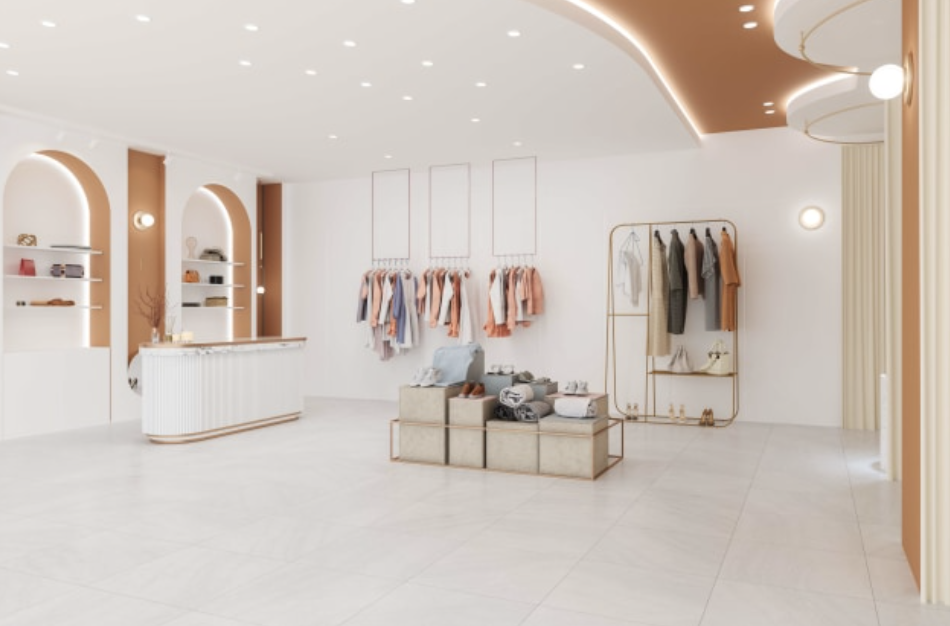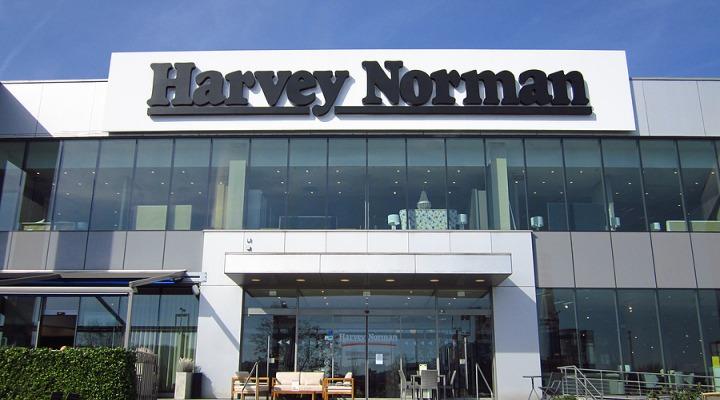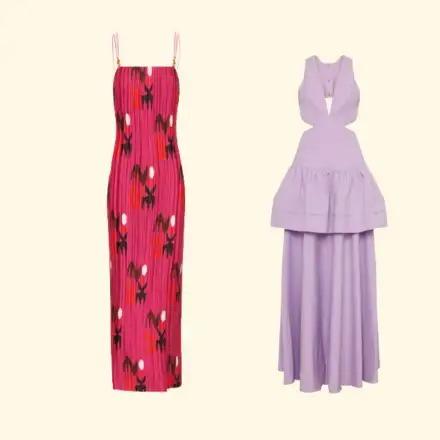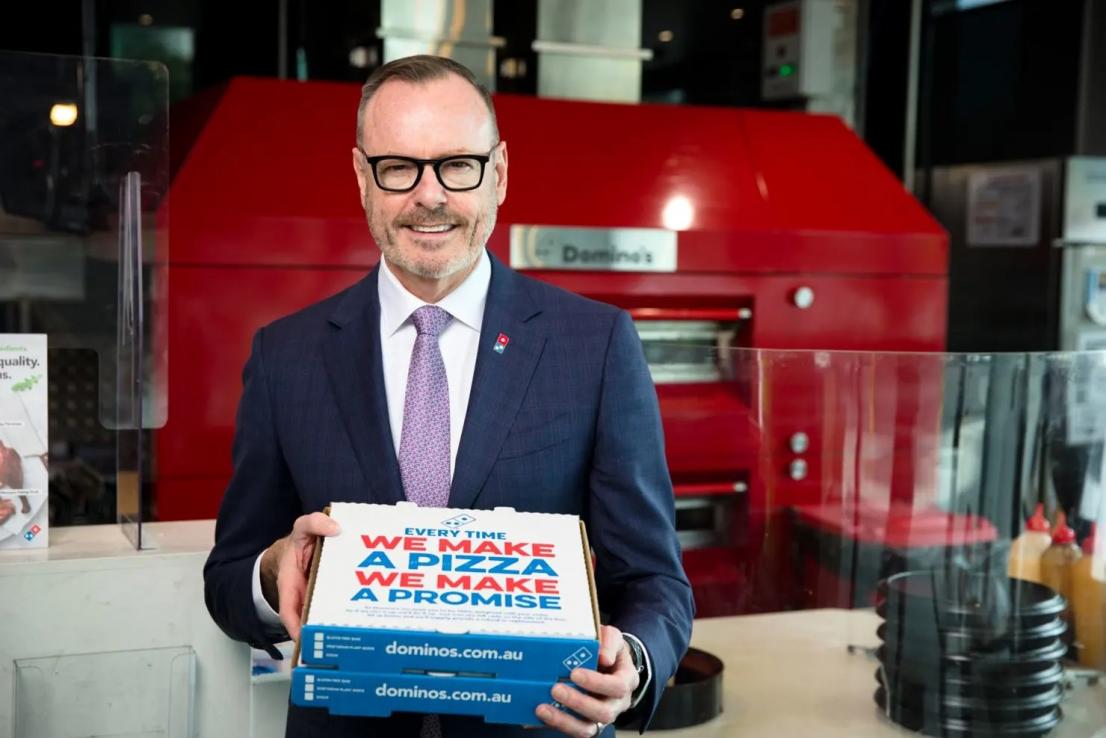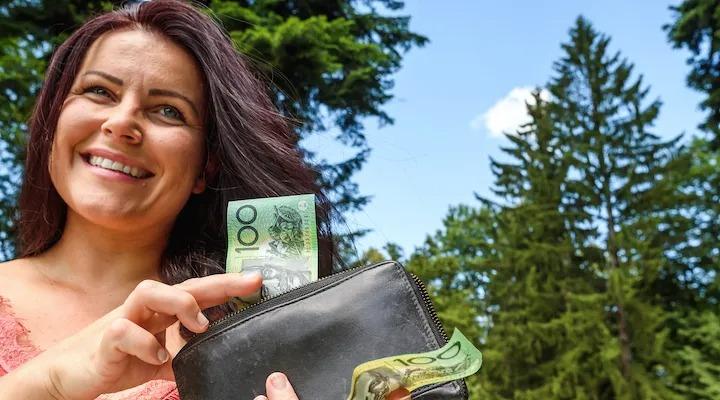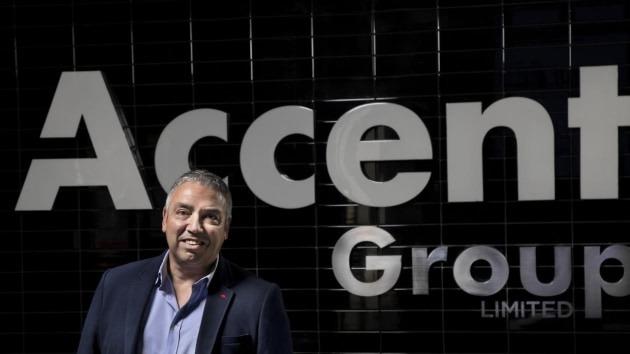Higher interest rates and cost-of-living pressures are forcing households to ease up on non-essential spending, with new data showing retail sales have not grown at all in five months, despite modest gains in February.
Retail sales increased 0.2 per cent last month, according to data released by the Australian Bureau of Statistics on Tuesday.
But at $35.1 billion, the value of monthly sales was the same in February as it was in September, showing the pandemic-era period of rapid growth in retail spending has come to an end.
Given both the population and the price of retail products increased between February and September, the fact that the total value of sales has not grown implies households are buying fewer things.
ABS head of retail statistics Ben Dorber said sales had levelled out after a period of heightened volatility, caused by shifting seasonal spending patterns, including the emergence of Black Friday sales in November.
“On average, retail spending has been flat through the end of 2022 and to begin the new year,” Mr Dorber said.
“Spending in food-related industries continued to grow steadily in February, with cafes, restaurants and takeaway food services up 0.5 per cent, while food retailing rose 0.2 per cent.
“Non-food industry results were mixed as consumers continue to pull back on discretionary spending in response to high cost of living pressures.”
Hospitality still strong
Commonwealth Bank chief executive Matt Comyn said internal bank data showed spending remained strong in areas such as hospitality, while parts of the retail sector were experiencing weaker conditions.
“We don’t see a rapid deterioration in conditions coming,” he told The Australian Financial Review Banking Summit on Tuesday.
The retail trade figures were one of four major data points that RBA governor Philip Lowe said would be pivotal to next month’s rates decision.
The first two data points were stronger than expected: the unemployment rate fell back to a near 50-year low of 3.5 per cent in February and surveyed business conditions remained close to historic highs.
While markets expect the RBA board to keep the cash rate on hold at its April 4 meeting, most economists expect the central bank to deliver an 11th consecutive rate rise, amid persistent inflationary pressures.
BIS Oxford Economics head of macroeconomic forecasting Sean Langcake said the slowdown in retail spending had been expected for some time, due in part to consumers shifting spending towards services, which are not fully captured in the retail trade figures.
“Moreover, higher interest rates are working to dampen consumer spending,” he said.
Mr Langcake said future RBA interest rate decisions were “lineball”, meaning each data point was being increasingly scrutinised for signs that higher interest rates were having their intended effect.
“There is nothing too surprising in these data about how the anticipated slowdown in consumer spending is unfolding,” he said.
“There are signs that goods price inflation is cooling, as is consumer spending more broadly. But the ongoing pickup in hospitality spending is a sign of persistence in services demand and inflation.”
JPMorgan economist Tom Kennedy said the pullback in retail spending was pronounced, and was reflective of the broader slowdown in economic activity caused by higher interest rates.
“Today’s outcome is particularly underwhelming relative to the prior inflation backdrop which has offered nominal supports to the retail sector,” Mr Kennedy said.
Commonwealth Bank economist Belinda Allen said she expected consumer spending to moderate further over coming months.
“The impact of higher interest rates will continue to intensify. Together with negative real wages growth, this will impact households’ available cash flows,” she said.


